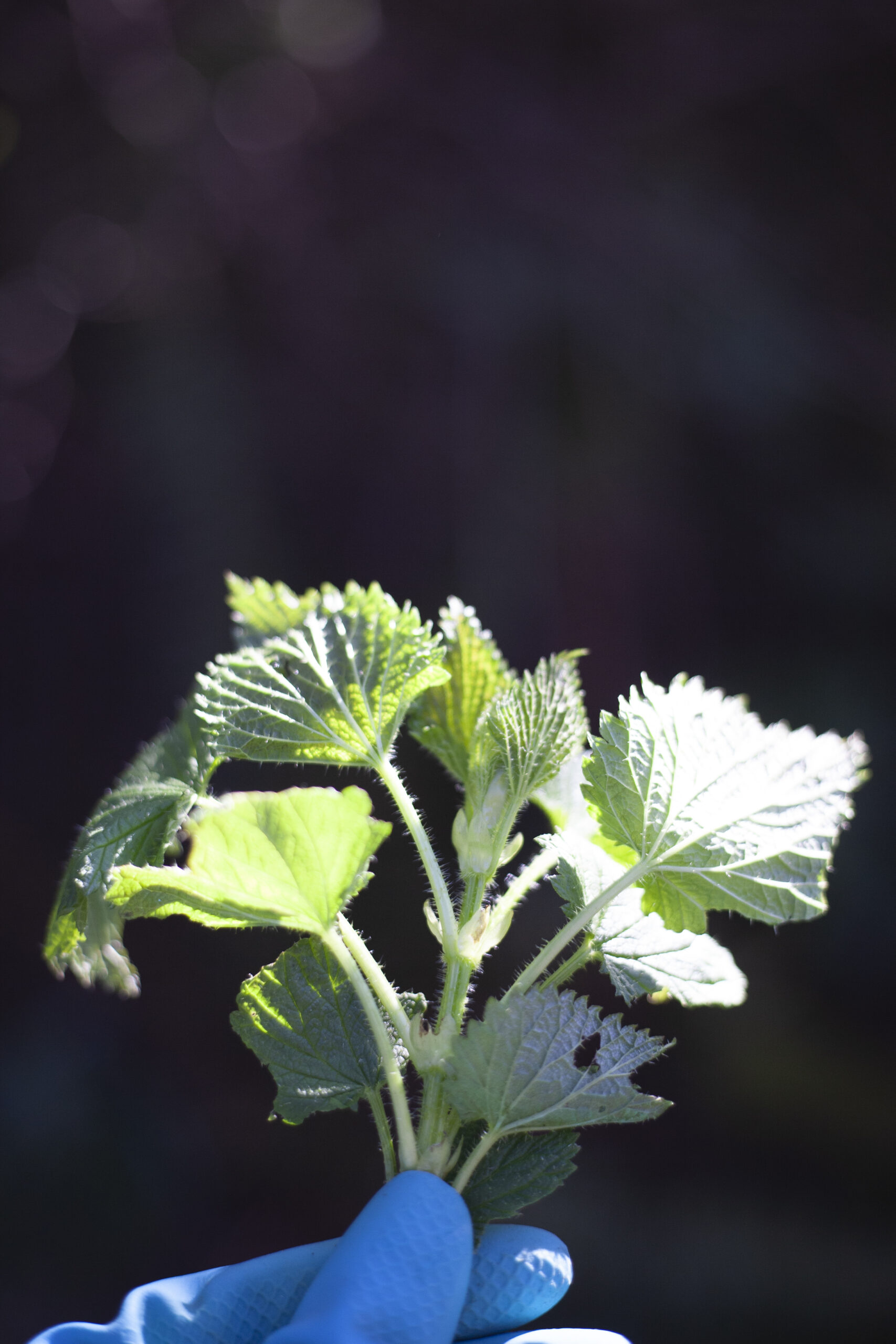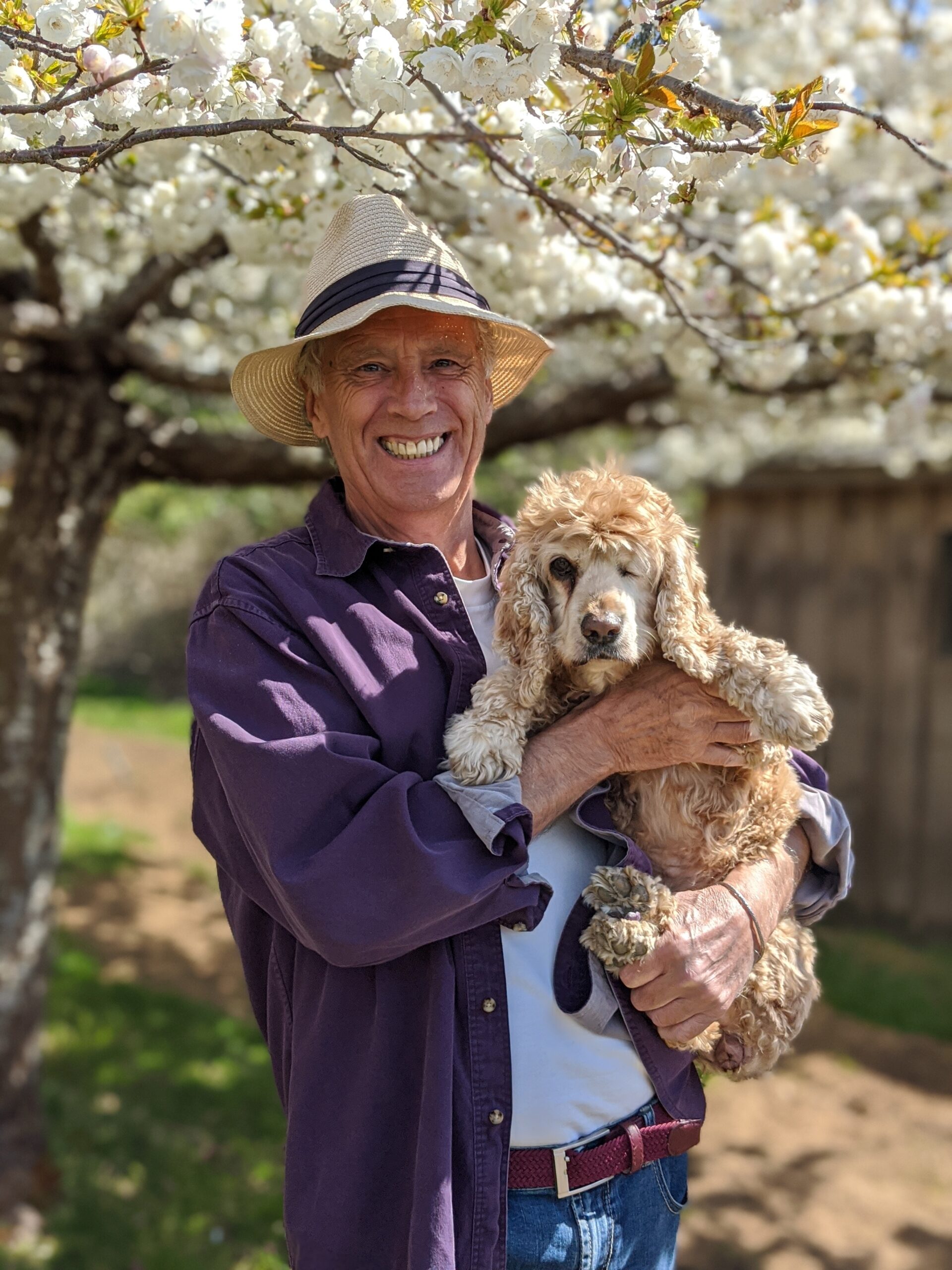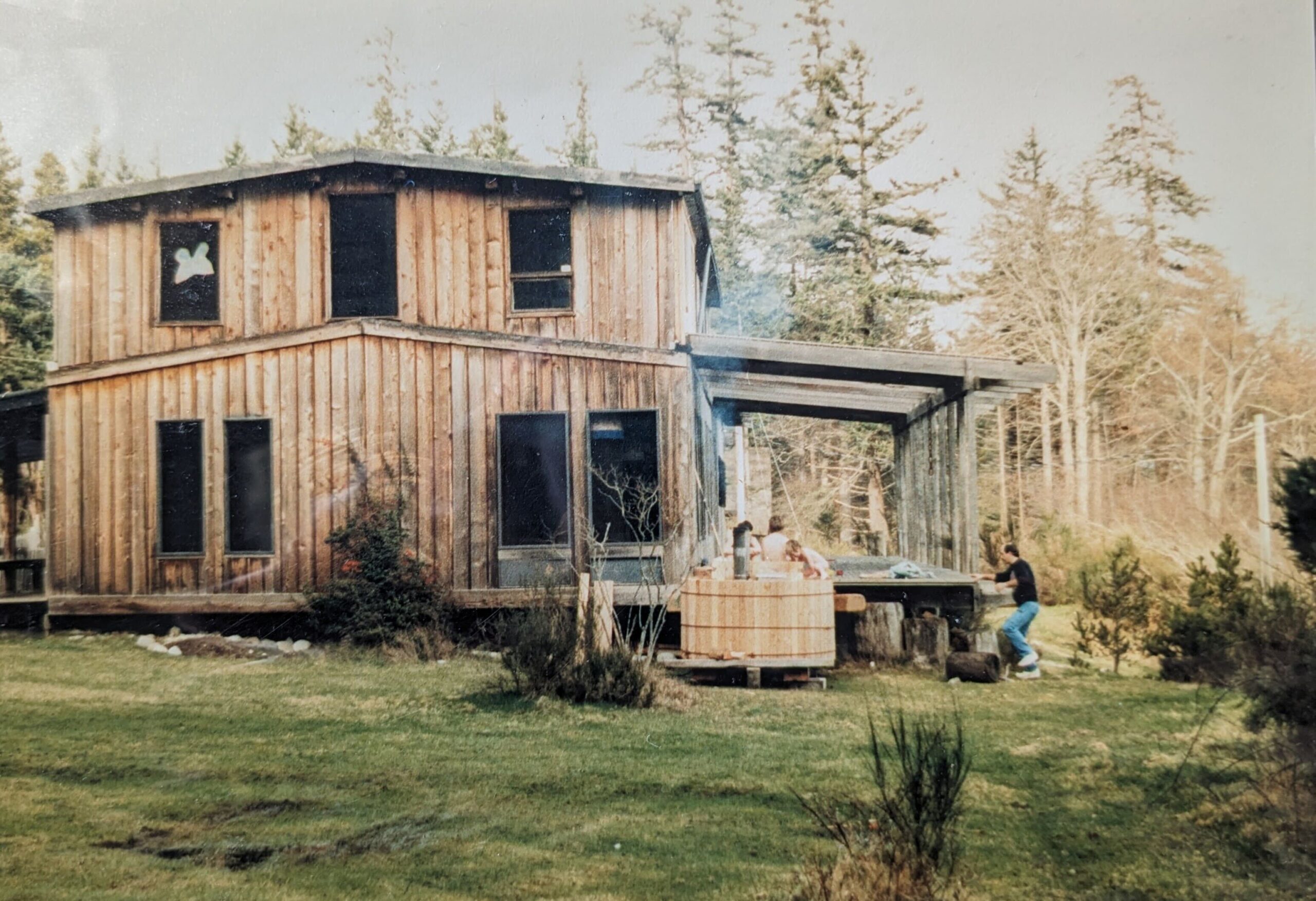Let’s start with asking what is the name for the size of the lens opening:
The size of the opening is called the aperture or the “f/stop.” The term “f/stop” comes from the days when the opening was measured as a (f)raction of the lens’ focal length. f/4 was an opening 1/4th of the lens’ focal length. I think this even explains why the ‘f’ is followed by a slash (/), rather than a dash, like f-4. The slash is what is used in fractions. Now think: If you have a lens opening f/4 (1/4th of the focal length of the lens) and another lens opening of f/16 (1/16th of the focal length), which is a larger opening ? 1/4th or 1/16th? Obviously the 1/4th one. This explains the confusion of why the bigger the opening, the smaller the f/number used to describe the opening. So a wide-open large aperture will have a small number f/stop like f/1.4 or f/2.8. A very tiny opening will have a large f/stop number, like f/16 or f/22. Big opening, small number. Small opening, big number. Easy to remember if you use electrical wire or hypodermic needles.
Using a smaller opening (a bigger f/number, say f/16) will clearly let in less light. Why would you ever want to do that? Think of it like squinting. Look out at a scene and squint your eyes right now. Notice how things get sharper when we squint. People who wear glasses get away (briefly) without them by squinting to sharpen things. So in photography, by narrowing the opening, “squinting,” more things closer and further away will be in focus. This is called the “depth of field,” which means the range of distances that will be in focus. Think of the depth of the field that will be in focus. Let’s say you have the main subject ten feet away and you have focused the camera at ten feet. By using a small aperture (a big number, say f/22) you will have a large “depth of field” and things might be in focus from 3 feet out to 30 feet or more. By contrast, using a large aperture (a small f/ number, say f/2.8) only a narrow depth of field, for example from 8 to 12 feet, will be in focus. So depth of field is often referred to as “wider” or “narrower.” You’ll also hear “greater” or “less” but I think wider and narrower are more descriptive of what is happening.
The main reason you (or Auto) choose the f/stop you do is to control the depth of field.
Landscapes often look best with everything in focus from the wildflowers in the foreground to the mountains in the distance, so a tiny aperture (a big number f/stop like f/22 or more) is best. In a portrait, if you want the background out of focus, you can choose a large opening (a small number f/stop, like f/3.5) and have a very narrow depth of field. Then only the subject, the person in the portrait, will be in focus. The background will be blurred and therefore not distracting.
If you are trying for the widest possible depth of field—sharp wildflowers in the foreground, sharp images of deer grazing in the middle and the sharp mountains in the background—along with using the smallest aperture (f/stop with a large number like f/16) where exactly in the picture should you focus? On the flowers, deer or mountains? There is a rule called the “hyperfocal point” and it says focus about 1/3 of the way into the image. In this case it might be on the deer.
Also, in general, wide-angle lenses will have a wider depth of field and telephoto lenses will have a narrower depth of field.
Let’s see some examples:
Here are two images of aspen trees shot with the camera on a tripod. One has a large aperture (what size f/stop?) and the other has a small aperture (what size f/stop?)? Which has the wider depth of field? Look now and then keep on reading.
The shot on the left has the wider (or you could say deeper) depth of field. It was shot with the smaller aperture, like f/22. See in the distance the small trunks are pretty sharp, where on the right they are blurry. The shot on the right was shot with a large aperture, like f/2.8.
Why would you want a narrow depth of field? In portraiture, it is often used to throw the background out of focus. Or look at this image of my son and his girlfriend one summer.
What sort of f/stop did I use for this image? It is like a portrait, only of the hands. Yes I used a more open aperture, like f/2.8 to throw the water out of focus. As an added effect the bright spots of the water, now out of focus, make the bright ovals and other bright soft shapes. This is called Bokeh, a Japanese word, and you will see this effect a lot in modern films.
Another strength of this image has to do with composition. The strong diagonal of the arms makes this image very sweet. If the arms were just horizontal, it would be a much less interesting image.
Here is another example. What is this picture of? What kind of f’/stop was used. How would you describe the depth of field?
It is a shot of the Eiffel Tower, with a very large depth of field. The f/stop was a small opening like f/22. And I focused on about the 4th rivet in. The diagonal rivet shadows add a lot.
I hope this brief blog helps you better understand depth of field. Any questions?
“Wait a minute,” you say, “You seem to go from very large lens openings letting in a lot of light to very small ones letting in scant light, but the pictures all come out right. How do you do that? Why aren’t the former too bright and the latter too dark?”
- People take pictures of ……. Light. Not faces or mountains or horse races, we take pictures of light bouncing off all these things. It is all about light. Watch the light!!!!!
- The aperture—the size of the lens opening. What we have been talking about that changes depth of field.
- The shutter speed—how long will we keep the aperture open? Another time we can explore this.
- This is the hard one, did you get it? We also control the sensitivity of the image sensor in the back of the camera. Much like the speed of film in the old days, the sensor can range from not very sensitive like ISO 100 to speeds in the 10’s and even hundred’s of thousands.
News Flash: The shutter speed and the aperture are in an inverse relationship to create the exposure. What? All that means is that for the very same amount of light being let in (the exposure) the shutter speed can get faster as the aperture get larger and the shutter speed can get slower (shutter open longer—letting more light in) as the f/stop gets smaller. That is why the pictures don’t get all brighter when a larger aperture is used or too dark when a small opening, a large number f/stop, is used. As we change the aperture, we can make compensatory changes in the shutter speed so the total exposure hasn’t changed. And if we get out of range of the camera’s settings (Like you want to use a fast shutter speed to avoid blur and a small aperture to increase depth of field—so now really less light is going to get in—the shutter is not open for long and the size of the hole opened is tiny—what to do? You increase the sensitivity of the sensor—like using faster film in the old days.
- You can now answer this fully. If not, read the blog again!
See you next time,
Charles
Recent winner of Natural Habitats’ daily Wildlife Photo Contest with his Loving Lion Family, Charles presents From Point-and-Shoot to Brilliant Photography at Hollyhock July 4- 8, 2018.









